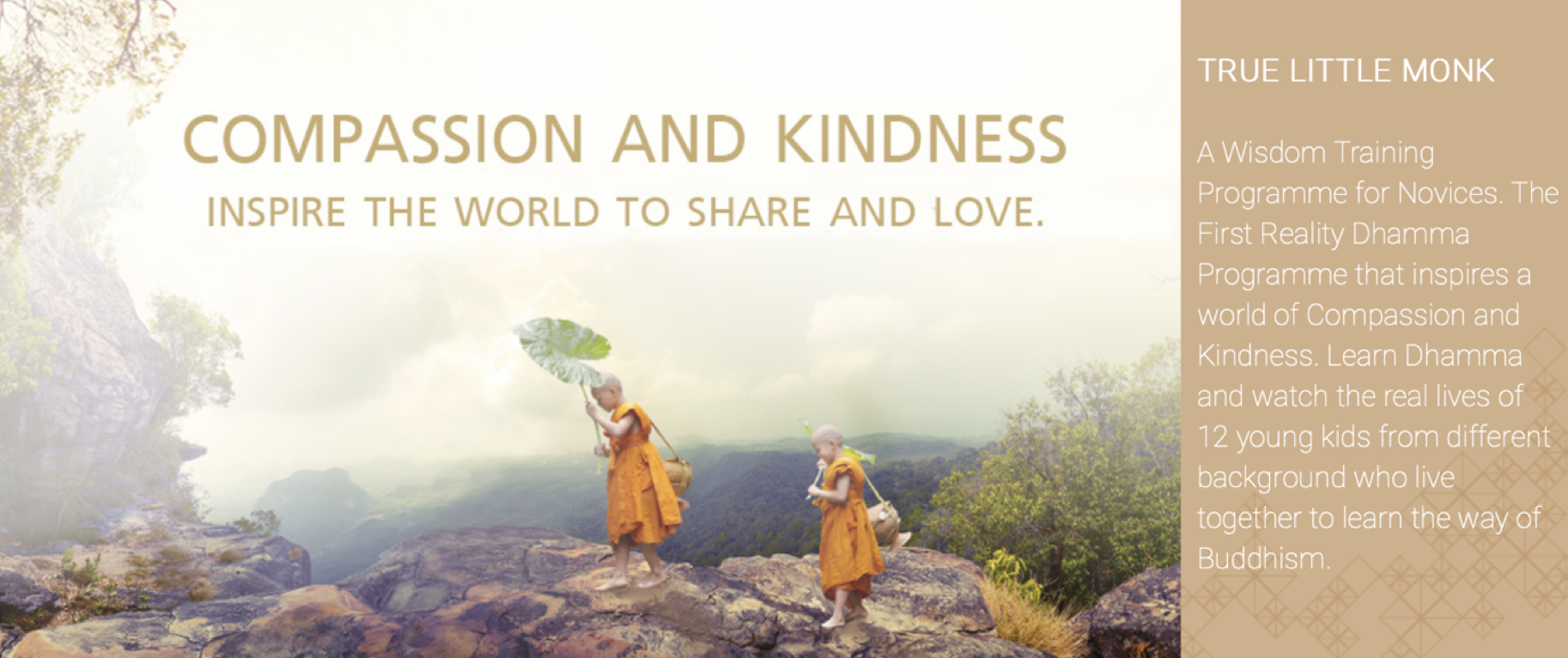Reaching young audiences in a multi-platform era: What to do?!
Eva Novrup Redvall, University of Copenhagen

Children are the world’s worst viewers!
In the words of the legendary Danish commissioner of children’s television Mogens Vemmer, making television for children and young audiences is one of the hardest tasks of all. Children are impatient, and they won’t watch shows out of politeness or based on thinking that someone exciting will possibly happen soon. This is one of the things that Mogens Vemmer learned based on more than 30 years as head of children’s programming for the Danish Broadcasting Corporation DR – and since his heyday in the 1970s–2000, the task of making programming for children and young audiences has only become harder with still more competition from new media and new platforms. Gone are the days when a public service broadcaster like DR was the only choice for Danish children, and – as in many other countries – commissioners, producers and screenwriters are constantly trying to keep up with the young audiences while trying to remain relevant and stay on their media radar.
That questions of how to best reach ‘the world’s worst viewers’ is by no means only a small nation challenge was one of the many issues discussed at the recent conference Reaching Young Audiences: Investigating media content for children and young people in a multi-platform era, held at the University of Copenhagen this November. The conference marked the closing of the collaborative research project Reaching Young Audiences (funded by Independent Research Fund Denmark) and brought together scholars from all over the world with an interest in content for children and young audiences, across film, television, and new media.
The conference illustrated how there are worldwide concerns about the state of children’s content in the current mediascape, whether coming from a small European market such as the Danish (with 5.8 million people and around 60.000 children in each age group), a medium market such as the Australian (as discussed by the conference keynote Anna Potter)[1], or the world’s most populated country India, with more than 400 million children, as discussed by Indian scholar Ruchi Kher Jaggi[2].
Film and media scholars often discuss children as a special, but overlooked audience[3]. In the industry, there is less money and prestige when producing for children than with other kinds of content, and researchers have pointed to many practitioners’ fears of being ‘pigeon-holed’ as ‘only’ being able to write and produce for children if they focus on this audience for too long[4]. Scholars also tend to focus on more prestigious content that more easily travels across borders. As an example from the Danish perspective, the past years have seen extensive research on Danish television dramas like Borgen and ‘Nordic Noir’ like Forbrydelsen/The Killing, but very little on national success stories for younger audiences such as the hit series Klassen/The Class about life in different classes of six graders (now the Danish series with most episodes ever) or the fact that the most watched content on DR’s streaming player are the productions targeting 1-3-year-olds since the launch of the dedicated children’s universe Minisjang in 2021[5]. There are many interesting things to explore in this regard, and it has been nice to see both industry analysts and academia take more interest in the young audiences while working with the Reaching Young Audiences project in the past few years.

The 2020s have thus seen a remarkable amount of audience research emerge, trying to offer knowledge about not only what children and young audiences are watching, where, and why, but also about their general interests and life concerns. While there used to be very limited data on children and young audiences in the Danish context, recent reports from the Danish Film Institute now offer insights into their content preferences[6] as well as in-depth qualitative analysis of the media habits and interests of 7-18-year-olds, linking their engagement with film, television and social media to their general developmental stages and life concerns[7]. The most recent report is also out in English and should offer points of interest to international readers.

The recent conference in Copenhagen pointed to the value of comparing trends and challenges across borders and production cultures, as illustrated in a panel with Anna Potter, David Kleeman, Jeanette Steemers, Noel Brown, and Ruchi Kher Jaggi on the current state of affairs in the children’s film and television industries in Australia, India and the UK. The panel raised several critical points around a general lack of funding and policy challenges. There was a sense of important national particularities, e.g. related to the presence and power of public service and commercial players or the general structures of the various media markets, but the panel as well as the many papers and talks from other presenters also pointed to similar interests and developments across national borders, for instance towards involving children and young audiences more in production and trying to learn from them as ‘builders’ or ‘creators’ across genres and platforms.
In Scandinavia, a surprise hit series such as SKAM from 2015-2017 – based on extensive audience research, real time publishing, and an-going dialogue with the series’ fan communities – made many industry practitioners acknowledge the power of listening to the young audiences and incorporating their input, during development and writing as well as production[8]. This has led to what can be regarded as a general audience or even co-creative turn in the approach to making content for them, but it is still hard to figure out how to best reach them.

The many presentations at the conference illustrated how content for children and young audiences still comes in many different shapes and sizes. This content can come in different formats such as: film, television or cross-media formats; animation or live action; preschool ‘edutainment’ or edgy teenage dramas; or long-form programming or shorter media snacks. Keynote Noel Brown discussed whether stories for children must always end on a positive note and the possibility of more ambiguous endings in children’s content today. There were papers on fascinating productions from around the world, like the reality TV format True Little Monk from Thailand; on fan forums around Netflix series such as Stranger Things and Wednesday; on TikTok trends; on merchandising in relation to historical series such as Sesame Street as well as current productions; on issues of diversity and representation across film and television productions; and much, much more.
As such, the conference pointed to a widespread and quite broad interest in children and young audiences and the value of bringing together many different voices and perspectives that are traditionally not in the same room, coming from different disciplines and working across textual analysis or production, media and audience/reception studies. Several recent publications presented at the conference also illustrated that even though children and young audiences might generally be a somewhat overlooked audience, many scholars are in fact interested in exploring what is being produced for them and discussing this in a transnational context[9].
Children and young audiences might be difficult viewers, but most adults seem to agree that they also deserve access to quality content and studies of what is on offer to them. The month of November also saw the launch of the Danish Film Agreement for 2024-2027 where content for children and young audiences was highlighted as a priority. As a scholar coming from a film and television culture where 25% of the public film funding is earmarked for children and adolescents and this audience is also an important part of the public service television remit, it is always good to be confronted with the state of affairs in other countries and production cultures with very different (mostly commercial) frameworks around this demographic. Just trying to understand the scale and scope of everything from the Indian perspective is mind blowing…
In this way, academic conferences are crucial for ensuring that we as scholars are challenged in our sometimes somewhat limited national/regional bubbles and remember how children and young audiences are one particular audience demographic – but the lives of children and young audiences are remarkably different across the world and so are their film and media contexts. While no one at the conference had any final recipes for the best way to reach young audiences today, what to do, or where to go next, everyone seemed to agree that it is fruitful to exchange knowledge, compare strategies, and listen to outside voices to keep up with the constant tensions between continuity and change and hopefully offer qualified analyses and suggestions.
Image Credits:
- Figure 1: The Reaching Young Audiences conference at the University of Copenhagen, 9-10 November 2023. (Photo by the author)
- Figure 2. Photo from the launch of the Close-Up report on the 7–18-year-olds. (Photo from the press release for the Danish Film Institute Report)
- Figure 3. The Norwegian teen series SKAM was a gamechanger in Scandinavia. (Photo from the NRK press department for the series)
- Figure 4. True Little Monk, presented as the first reality Dhamma programme, was one of the many international case studies discussed at the conference. (Author’s screenshot from the True Little Monk’s website )
- For more on Australian children’s TV by Anna Potter, see e.g. her book Producing Children’s Television in the On Demand Age (Intellect Press, 2020). [
]
- For more on Indian children’s TV by Ruchi Kher Jaggi, see e.g. her chapter in Histories of Children’s Television Around the World (edited by Yuval Gozansky, Peter Lang, 2023). [
]
- As discussed by e.g. David Buckingham in ‘A special audience? Children and television’ in A Companion to Television (edited by Janet Wasko, Blackwell, 2005) and more recently by Anna Potter and Jeanette Steemers in the chapter ‘Children and the media industries: an overlooked but very special “television” audience’ in The Routledge Companion to Media Industries (edited by Pail McDonald, Routledge, 2021). [
]
- See e.g. Beth Johnson and Alison Peirse’s article from 2021 ‘Genre, gender and television screenwriting: The problem of pigeonholing’ in European Journal of Cultural Studies, https://doi.org/10.1177/13675494211006089. [
]
- For more on this, see recent Reaching Young Audiences publications such as: Redvall, Eva N., and Katrine B. Christensen. 2021. ‘Co-creating content with children to avoid ‘Uncle Swag’: Strategies for producing public service television drama for tweens and teens at the Danish children’s channel DR Ultra.’ Critical Studies in Television 16 (2): 163–80. https://doi.org/10.1177/17496020211005999; and Christensen, Christa Lykke (2020) ‘Danish children’s content for 1-3-year olds and the importance of national platforms like the Danish Broadcasting Corporation DR.’ CSTonline, 16 October 2020. [
]
- The Danish Film Institute. 2020. ‘Vidste du? Om de 7-14-årige.’ Report from the Danish Film Institute. https://www.dfi.dk/sites/default/files/docs/2020-08/Vidste%20du_om%207-14-årige_0.pdf. [
]
- The Danish Film Institute. 2023. ‘Close-up: A study of 7–18-year-olds and their lives with films, series, and social media.’ Report made by Will & Agency for The Danish Film Institute. https://www.dfi.dk/sites/default/files/docs/2023-05/Close-up%20-%20A%20study%20of%207-18-year-olds%20and%20their%20lives%20with%20films%2C%20 series%2C%20and%20social%20media.pdf. [
]
- See e.g. Vilde Schanke Sundet’s work on SKAM in the book Television Drama in the Age of Streaming: Transnational Strategies and Digital Production Cultures at the NRK (Palgrave Macmillan, 2021) or my chapter on ‘Reaching Young Audiences Through Research: Using the NABC Method to Create the Norwegian Web Teenage Drama SKAM’ in the edited collection True Event Adaptation: Scripting Real Lives (edited by Davinia Thornley, Palgrave Macmillan, 2018). [
]
- Among the books presented and discussed were The Oxford Handbook of Children’s Film (edited by Noel Brown, 2022); Anders Åberg’s book on Swedish children’s film (in Swedish), Blågula barn i bild (Föreningen Mediehistorisk arkiv, 2023); Helle Strandgaard Jensen’s book Sesame Street: A Transnational History (Oxford University Press, 2023); Histories of Children’s Television Around the World (edited by Yuval Gozansky, Peter Lang, 2023); and the new open access Nordicom anthology Audiovisual Content for Children and Adolescents in Scandinavia: Production, Distribution, and Reception in a Multiplatform Era (edited by Pia Majbritt Jensen et al. 2023). [
]